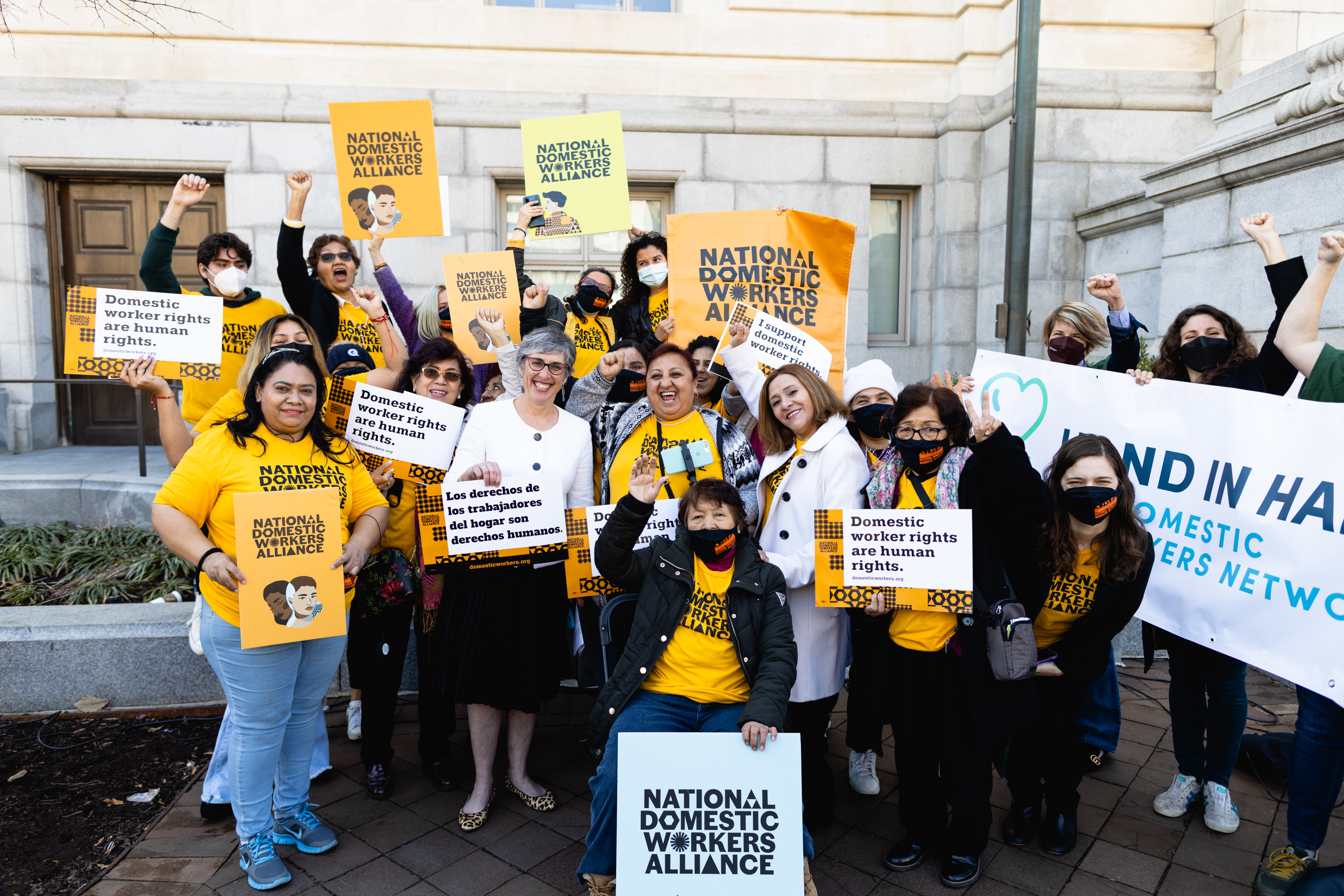
‘I Did Not Know I Had a Voice’
Without federal labor protections, domestic workers seek legal rights through cities and states.
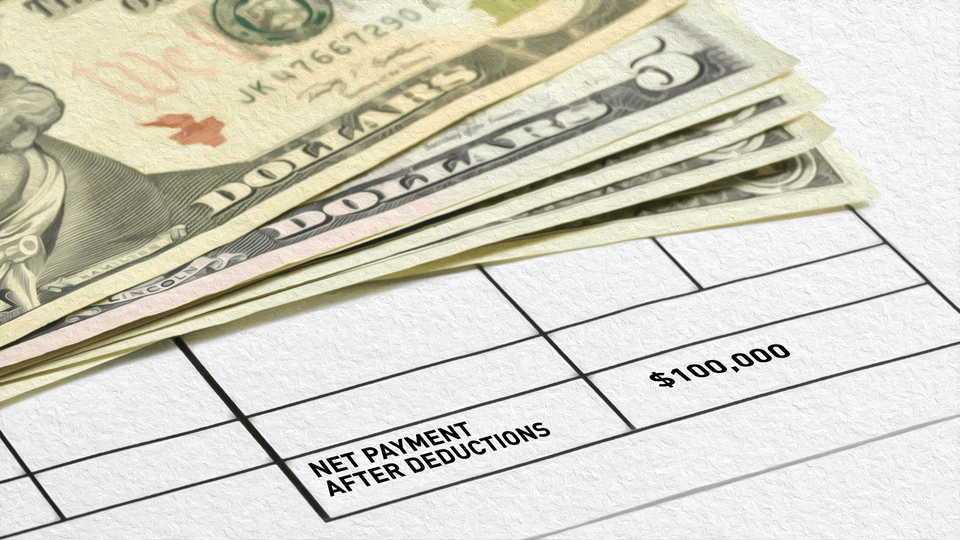
“The 50-100 Pay Gap” examines the crisis of income inequality in the U.S. A recent RAND study found that a full-time worker earning the median national wage of $50,000 would be making close to $100,000 if pay had kept up with worker productivity and economic growth. Our series will portray the human impact of this enormous income gap, investigate the forces that have perpetuated it and explore how to level the playing field.

Without federal labor protections, domestic workers seek legal rights through cities and states.

Without public support, workers are quitting, and parents and providers are desperate.
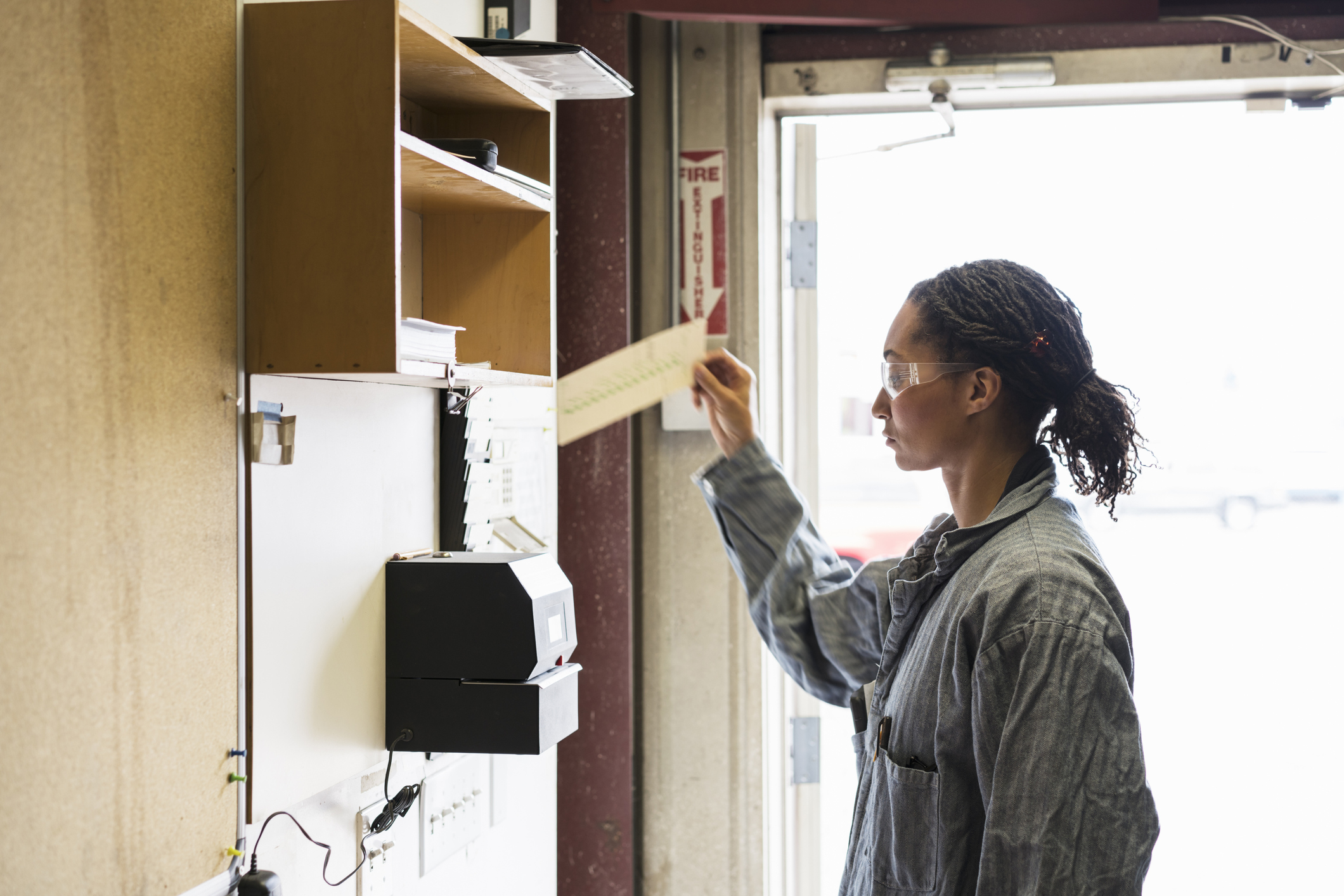
The Department of Labor is scrambling to craft proposals that avoid the fate of Obama’s failed effort in 2016.
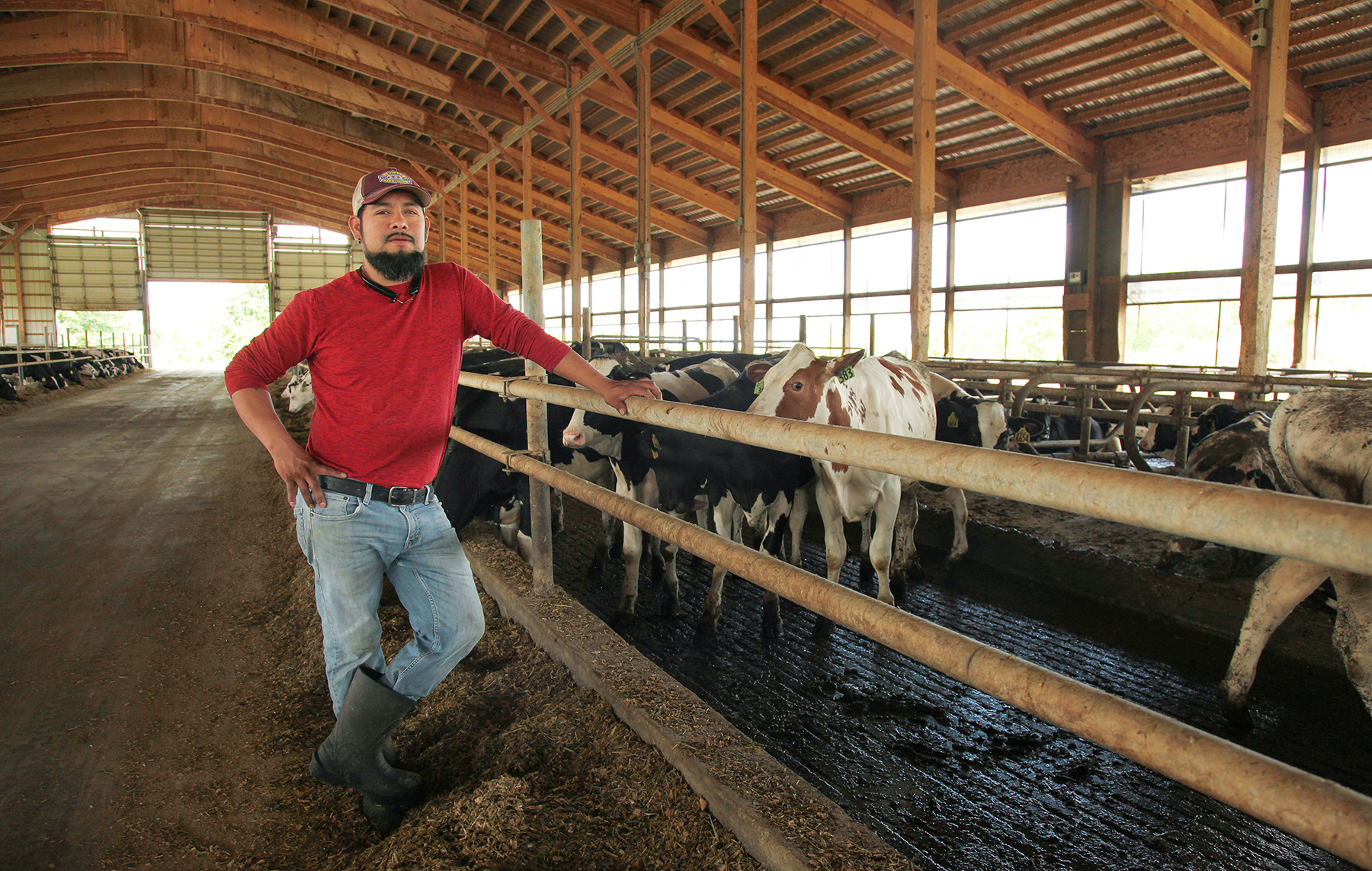
Major overhaul of labor laws circumvented by employers, say workers and advocates.

Lawsuit details about ‘an uncorrected culture of sexual assault and harassment’ are set to be revealed, per a recent agreement.

A giant federal contractor’s failure to abide by a settlement is building pressure for Biden to take action.
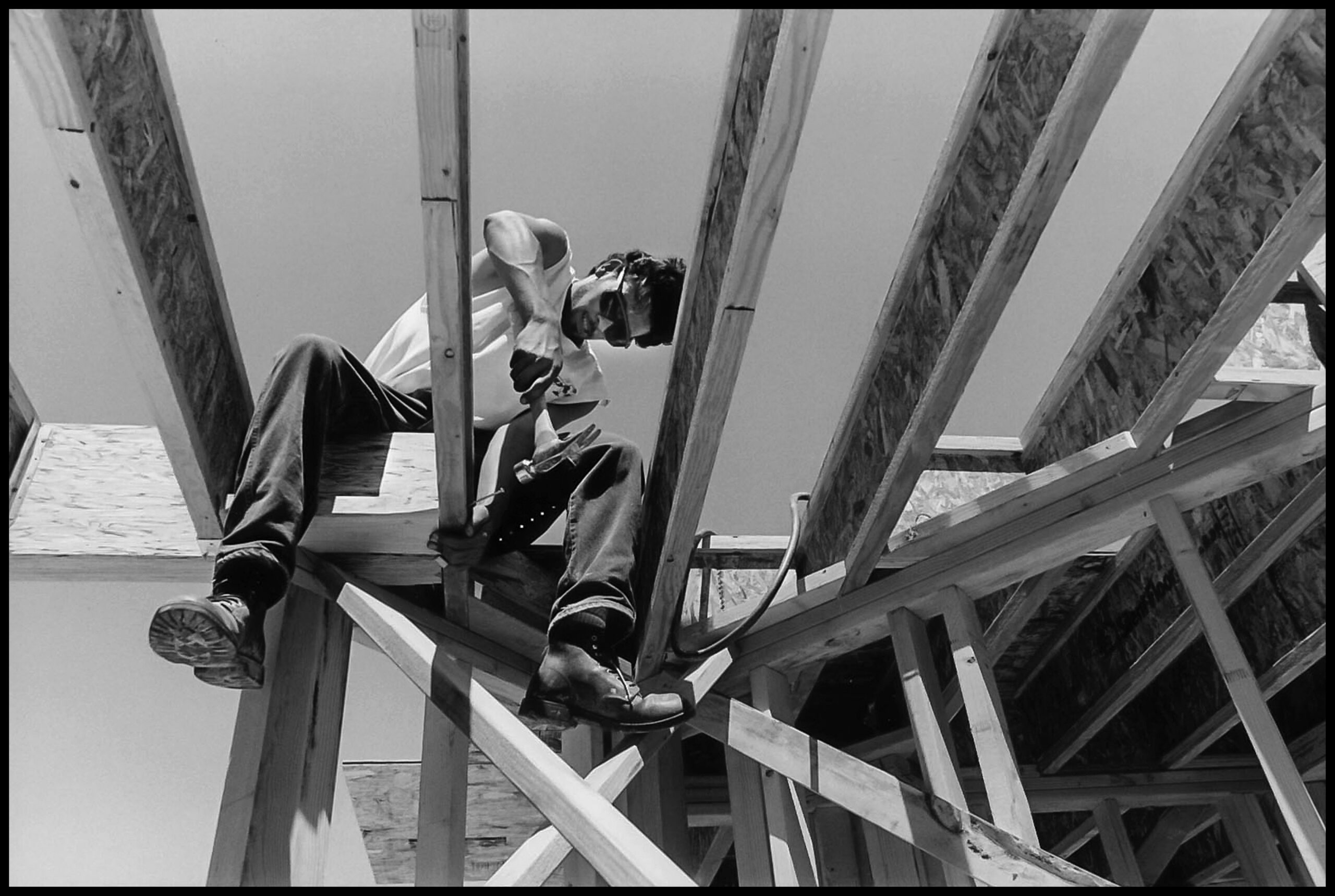
A patchwork of different rules decide which workers earn time and a half around the country.
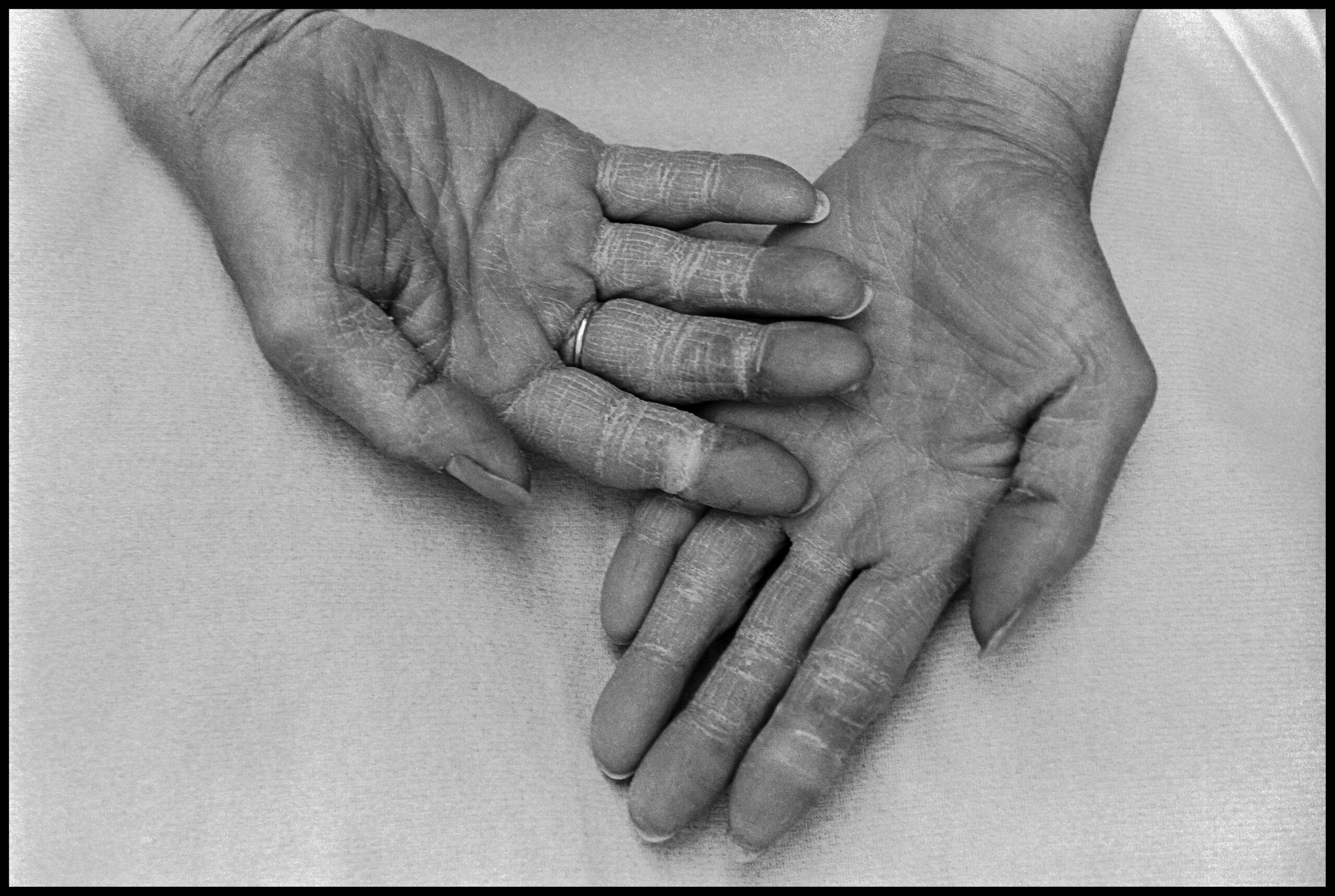
How employers get away with denying workers income they used to earn.
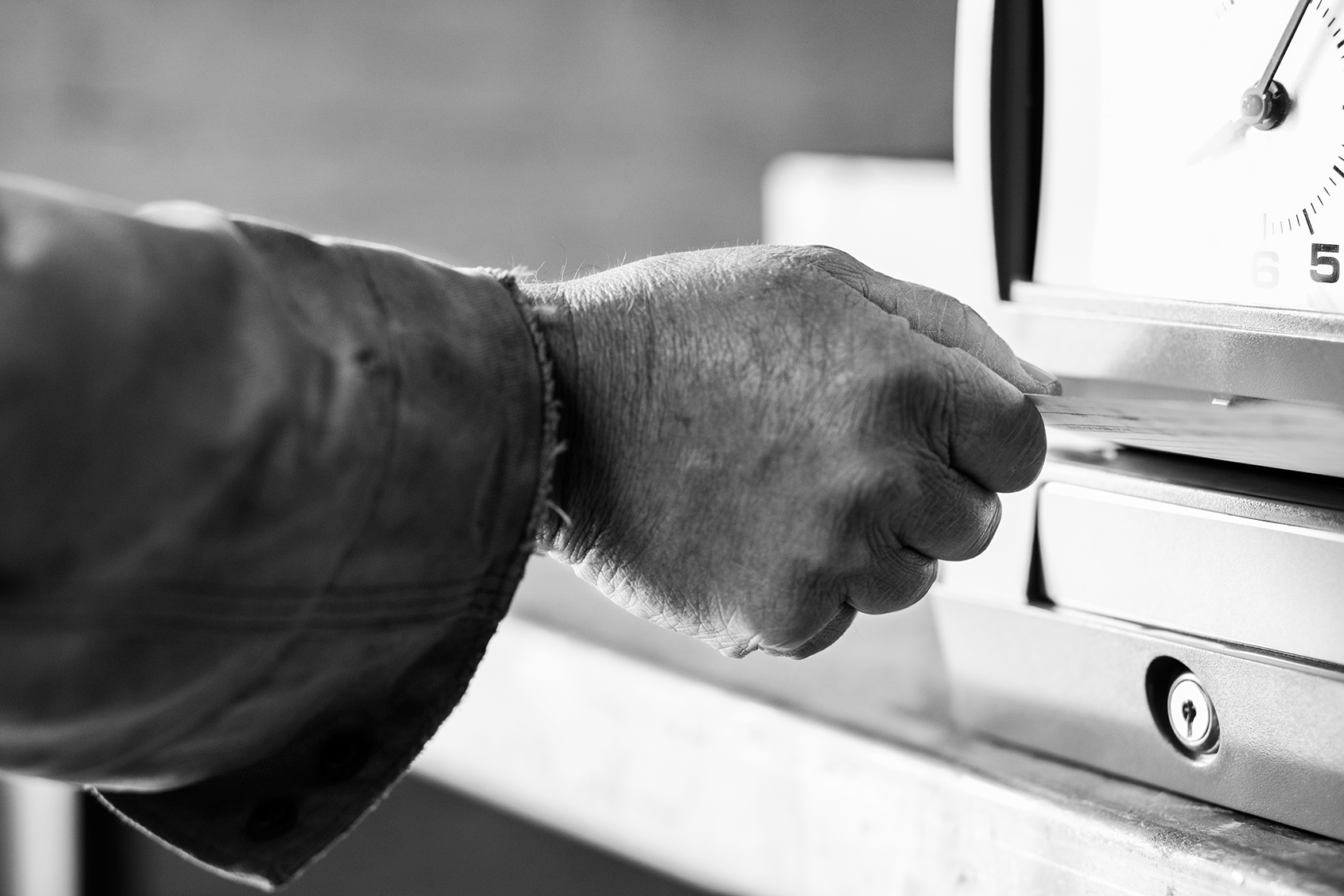
Here is why a full-time employee is four times less likely to earn time-and-a-half income than in the 1970s.
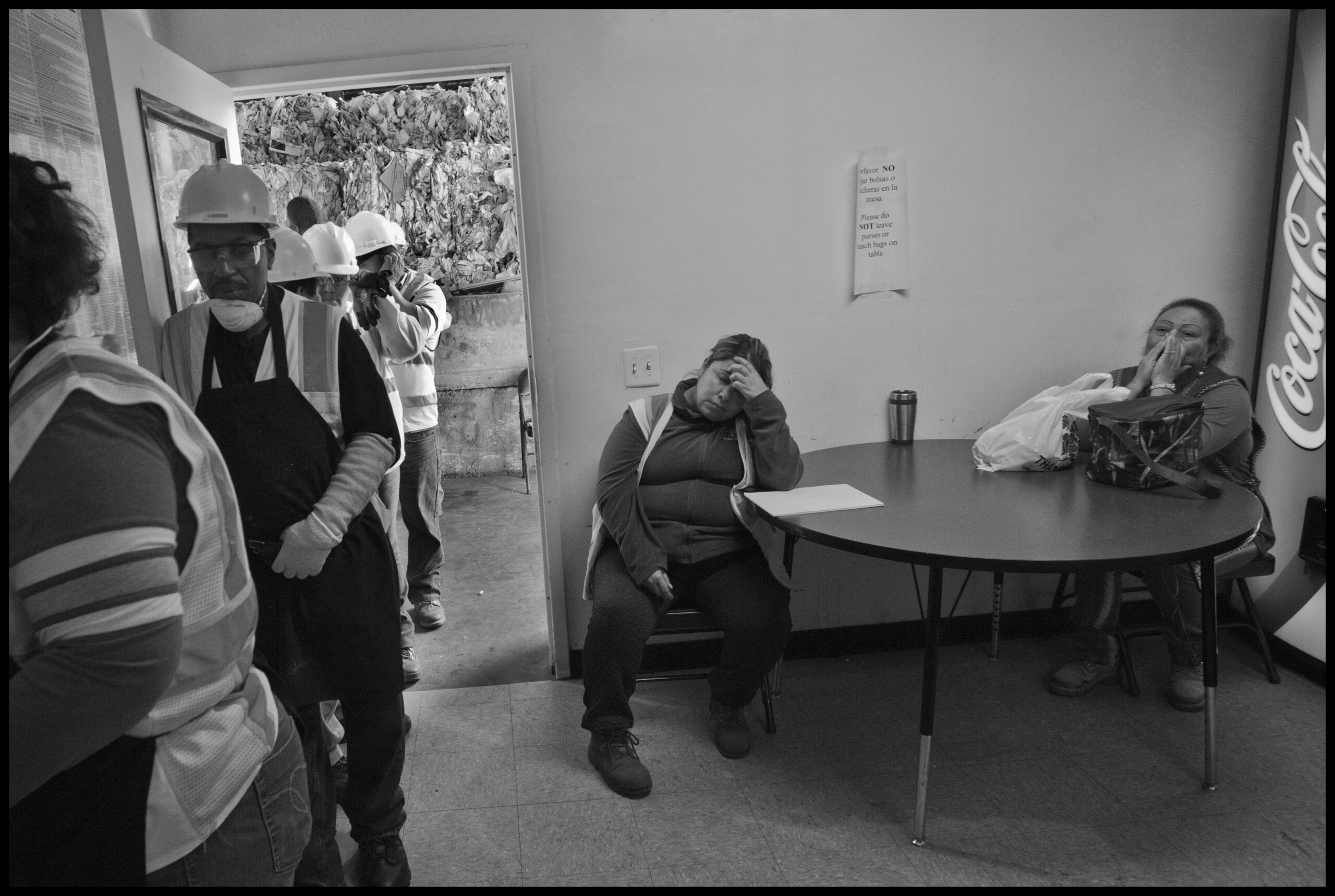
To do so, he will need to learn from the failures of Obama and Carter.
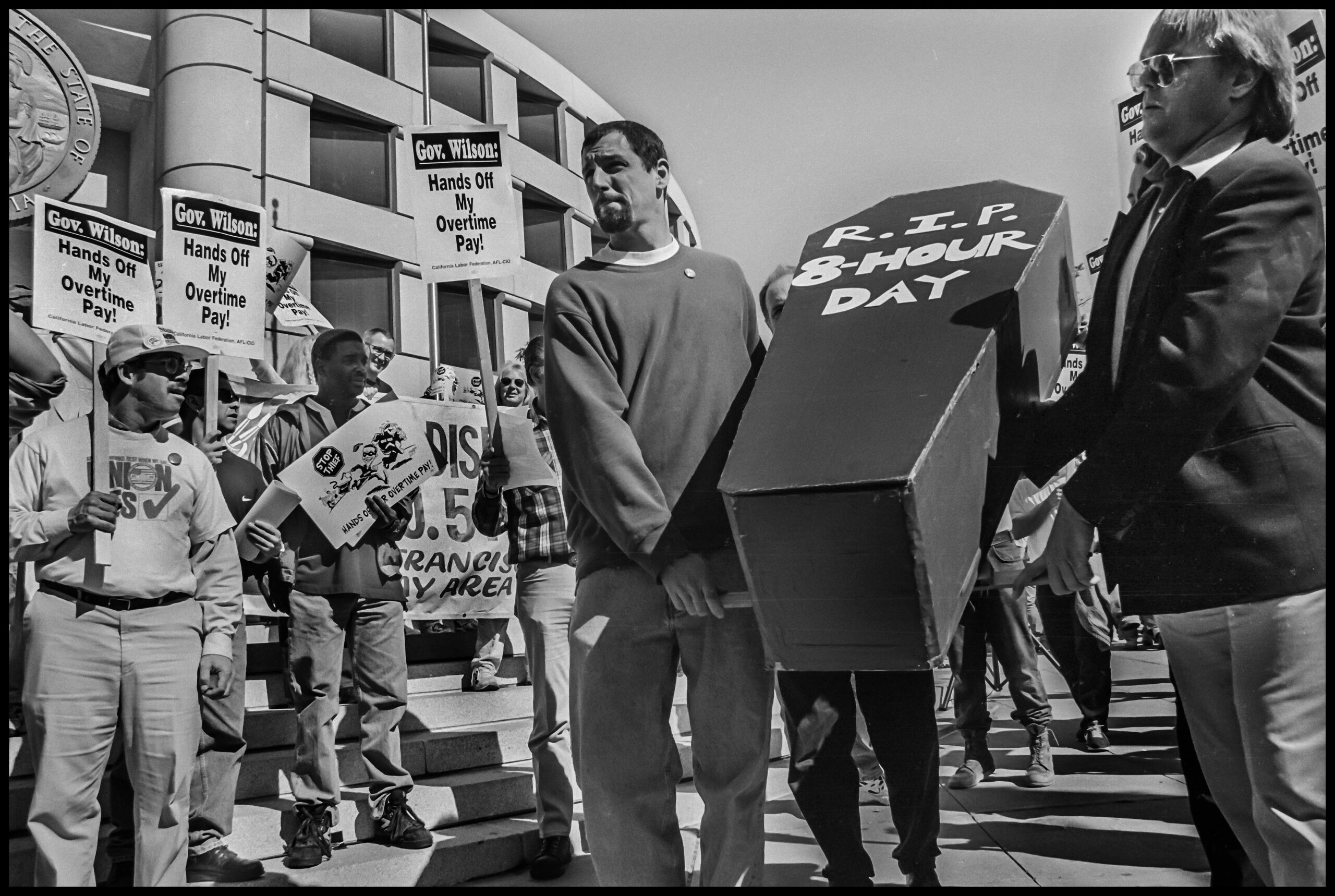
Many people work more than full time, but few earn extra money anymore. A labor-friendly president promises to change that.

More than 60 million U.S. workers have been shut out of the court system by companies that mandate arbitration in the event of a dispute.
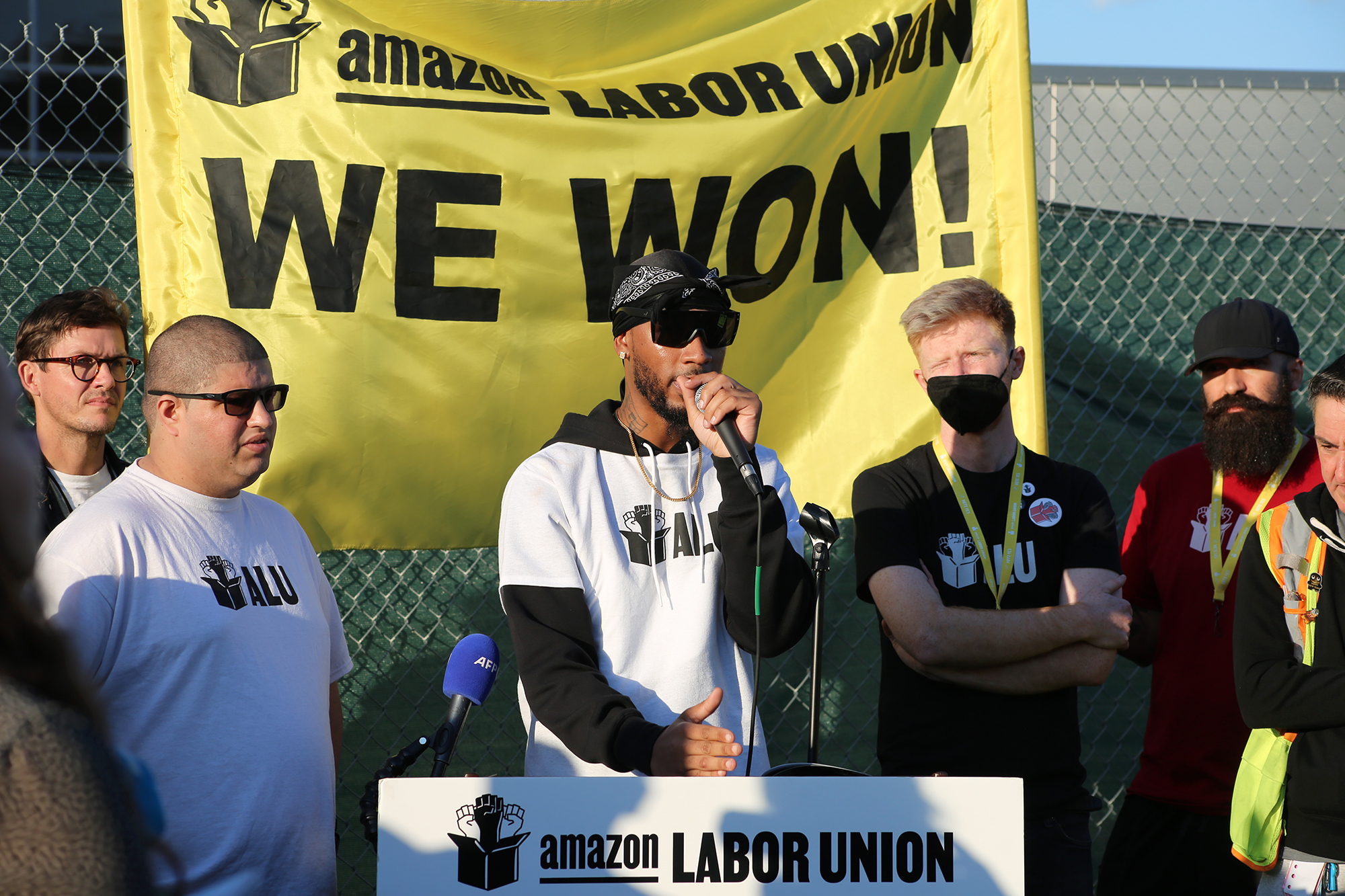
The improbable labor win is raising comparisons to thwarted efforts to organize workers in the early 2000s.

Due to decades of wage stagnation, it will take an aggressive set of pro-labor policies for workers to be properly compensated.

Compared with 60 years ago, workers are getting less and shareholders are getting more — sometimes a lot more.
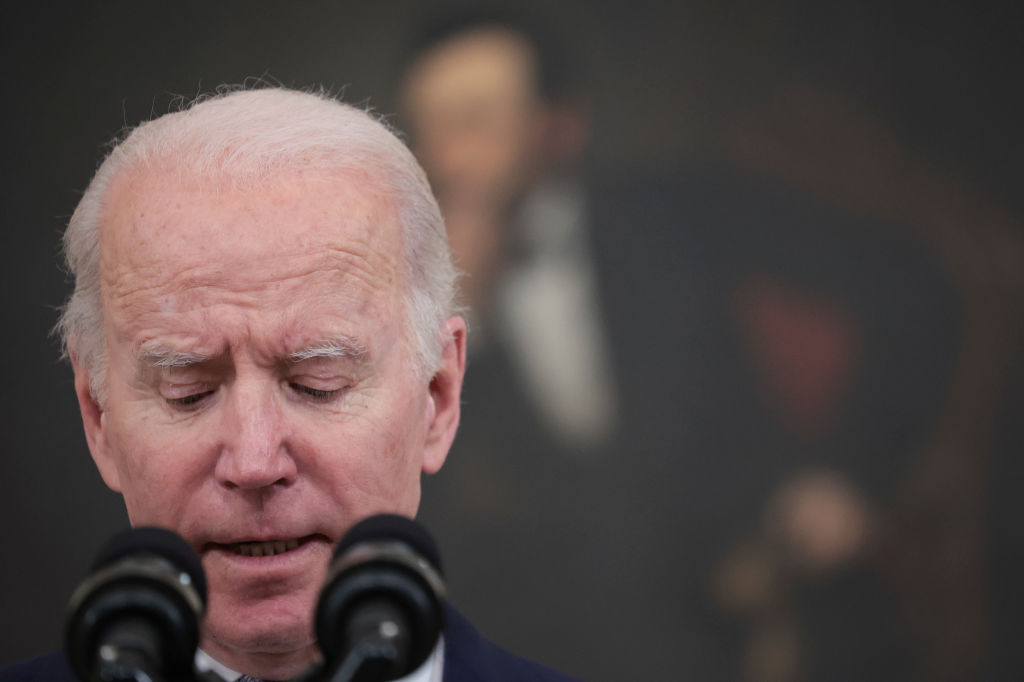
The Labor Department is readying a rule that could allow millions more Americans to earn additional wages.

Agricultural workers in New York just formed the state’s first farmworker union, but a new law guaranteeing overtime protections and organizing rights for the first time has been delayed.

Pressure from corporate donors, public relations firms and anti-union consultants has chilled research by labor studies academics.
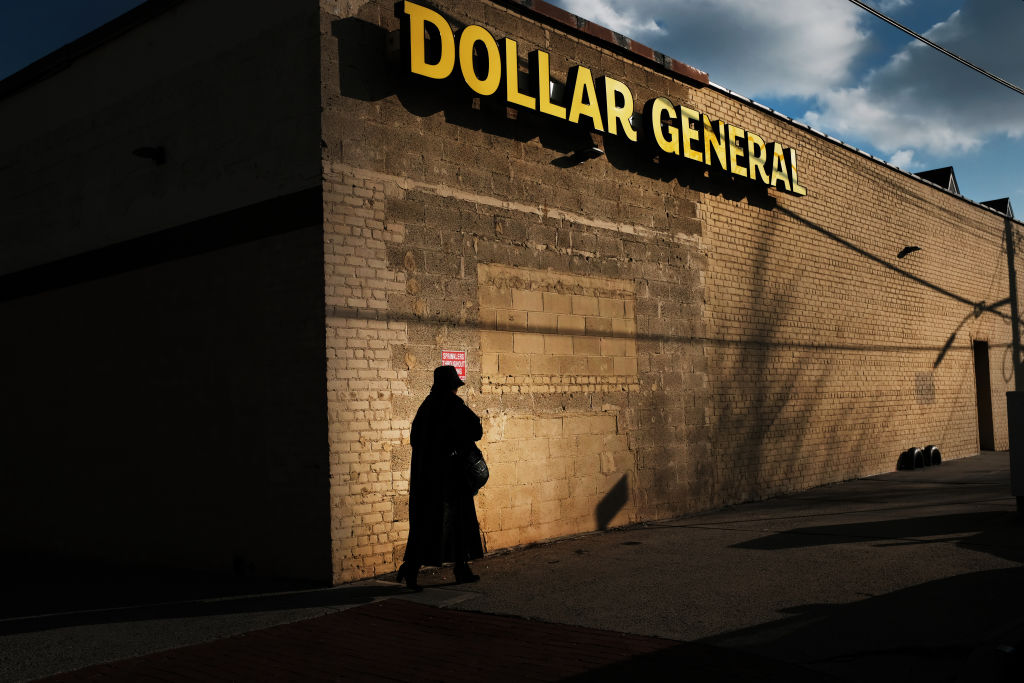
U.S. companies spend hundreds of millions of dollars per year to ensure workers don’t organize.
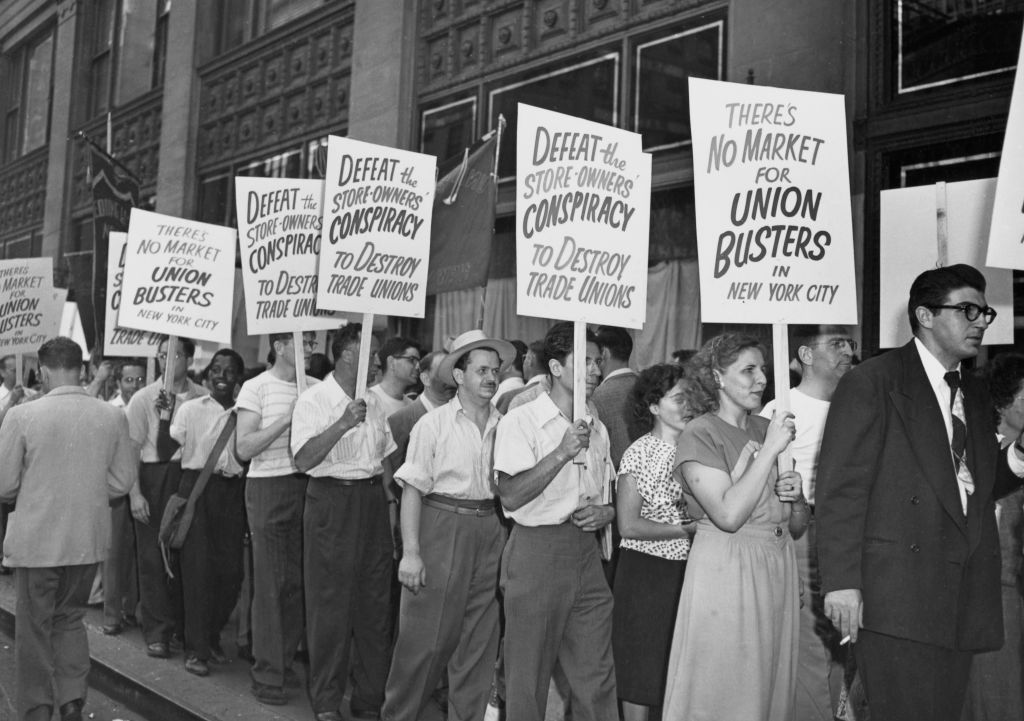
Thirty years ago, a labor organizer helped convince an anti-union consultant to document his methods.

An estimated 60% of large employers use workplace monitoring tools, some of which can be used to chill organizing.
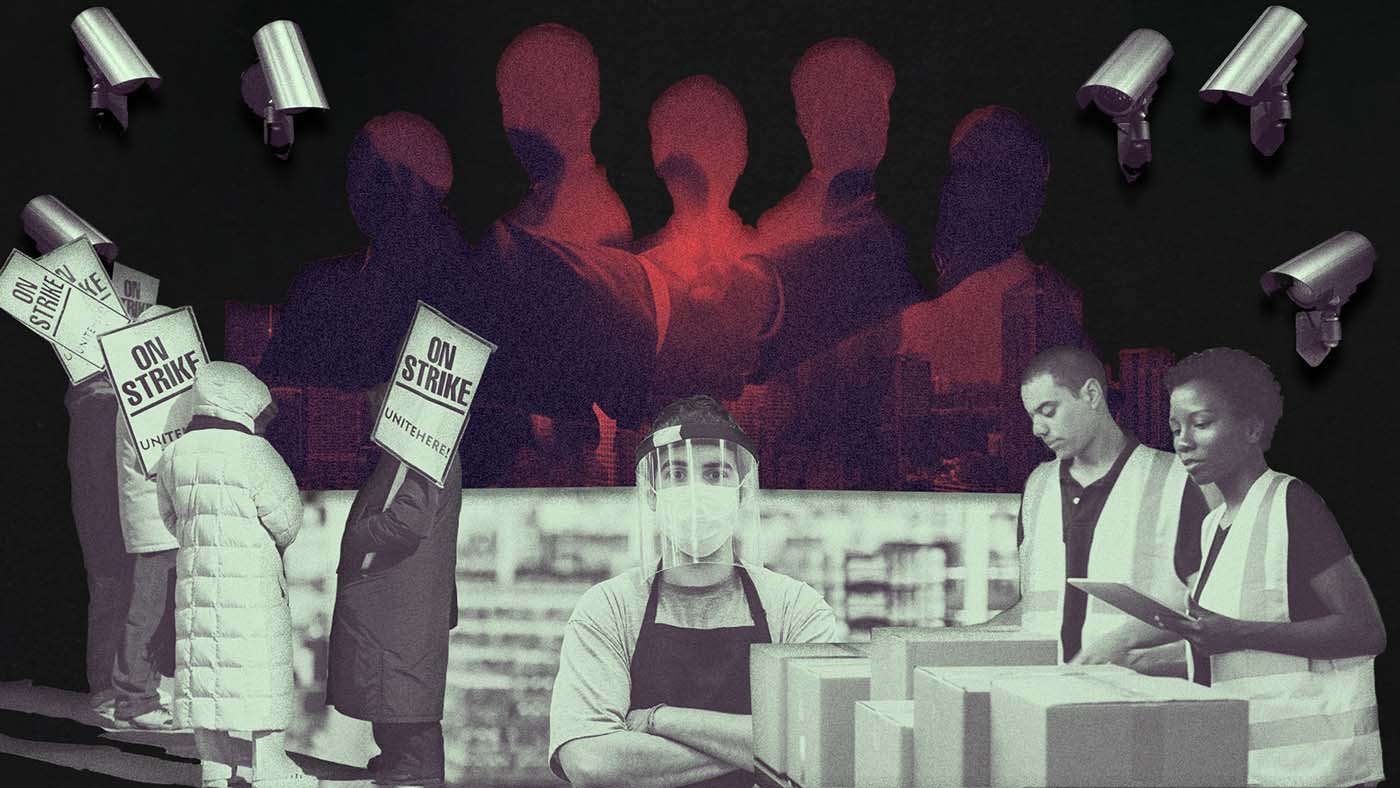
Capital & Main’s new series explores the impact of the union avoidance industry, which has only gotten more powerful in recent years.

For US is designed to help businesses across the country determine if they are providing a real living wage.

Conservative groups are vigorously attacking ESG proposals that could play a role in reducing income inequality.
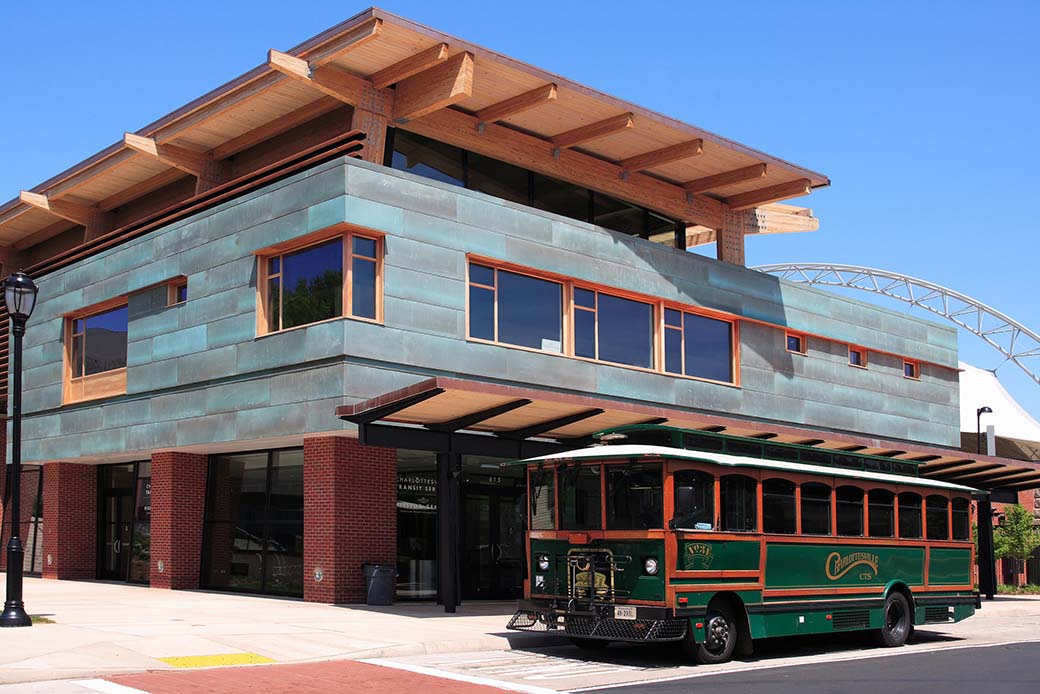
After a long slump, more drivers are winning the right to collective bargaining. Now, the threat of privatization looms.
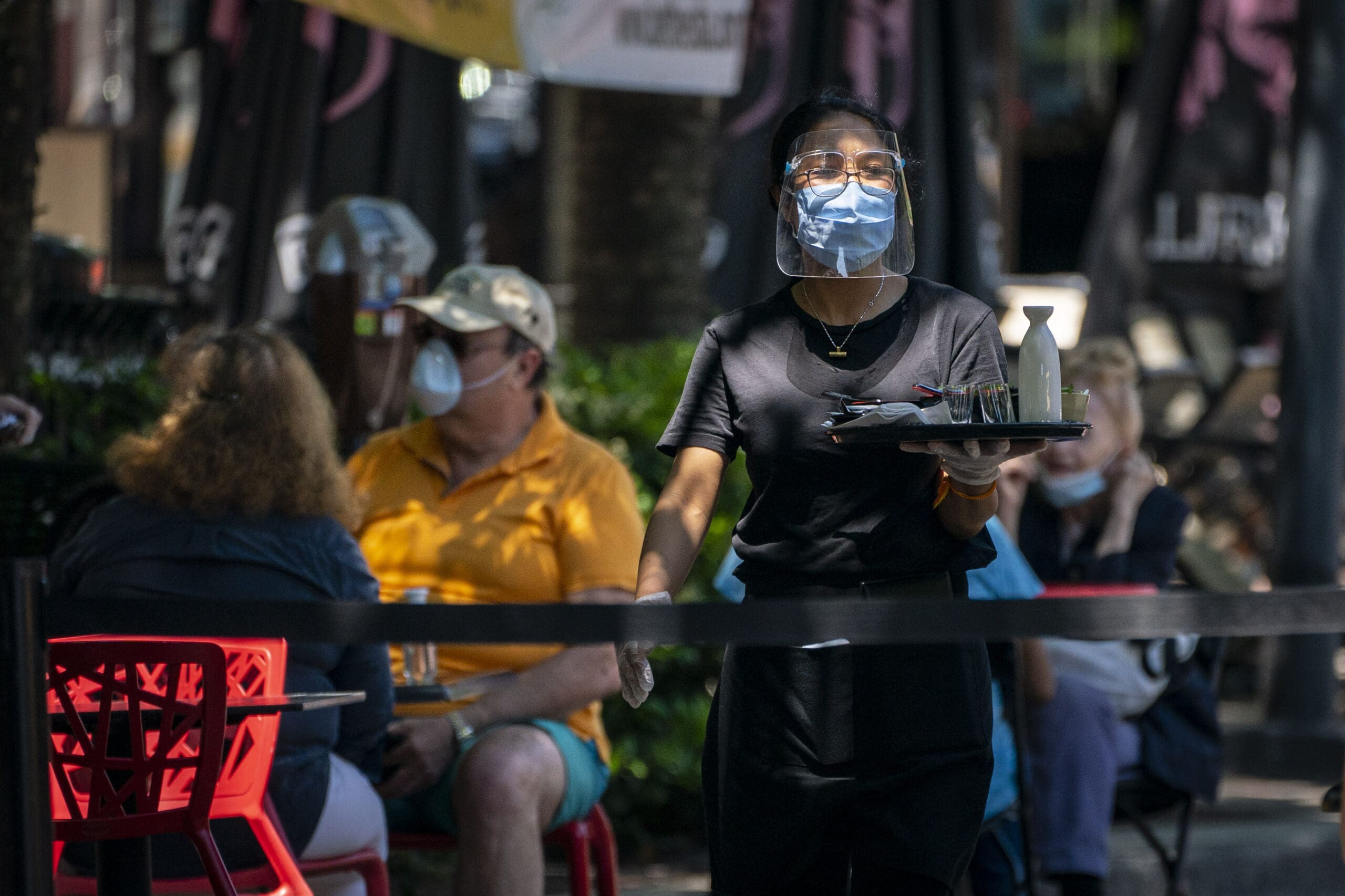
A look at the median pay of the average American worker compared with the salary and compensation of the nation’s top CEOs.

Eyal Press asks us to look at the labor no one wants to celebrate.

Even as retail and hospitality workers see pay hikes, the wealthiest Americans got even bigger raises during the pandemic — widening income inequality even further.
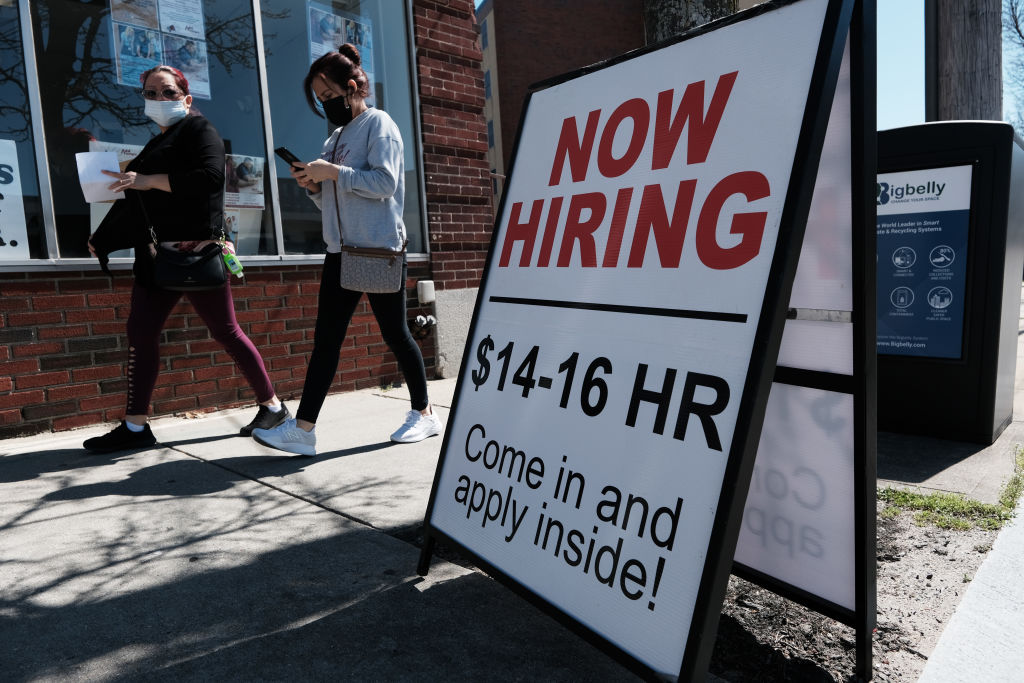
A sloppy stat underscores the need to watch carefully as corporate America tosses out numbers to show how it has embraced stakeholder capitalism.
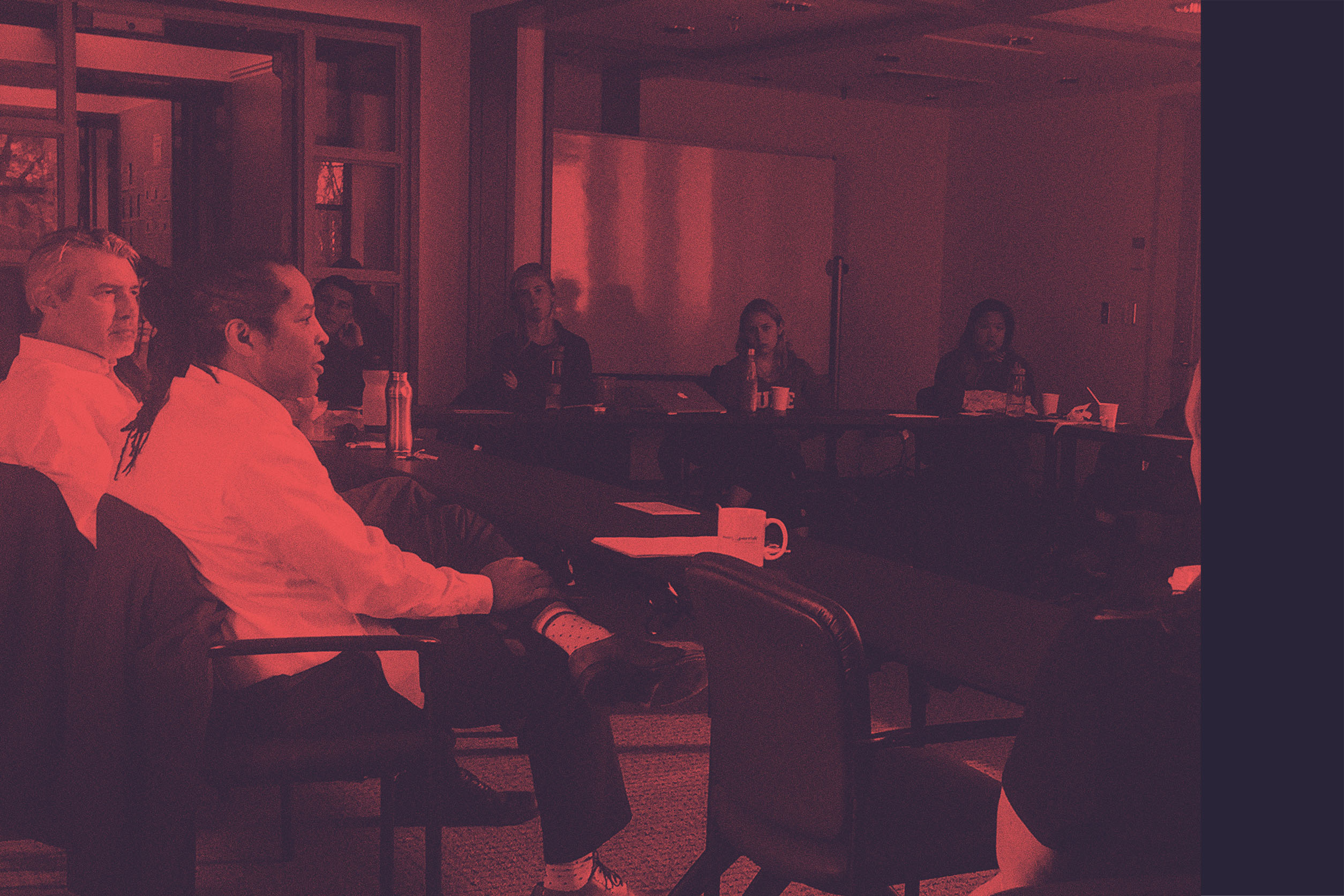
From a farm in North Carolina to a desk at Duke University, Pearson now investigates how race and poverty affect public health.

Underpaid and saddled with debt, Vibez maintains a strong work ethic and a hopeful attitude.
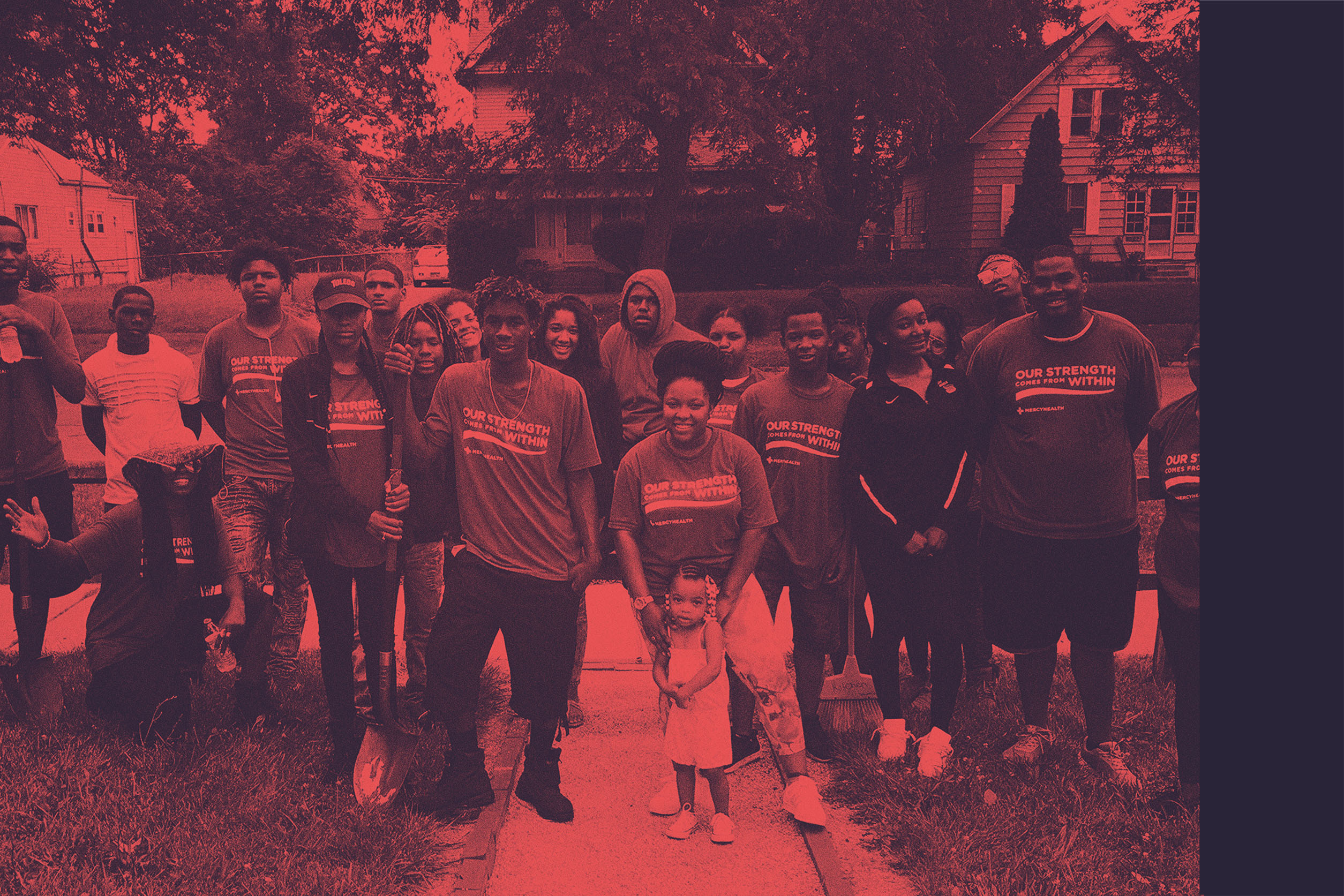
Delinquent on her property tax payments and with no savings, Harris’ story exemplifies the widening racial income inequality gap in the U.S.
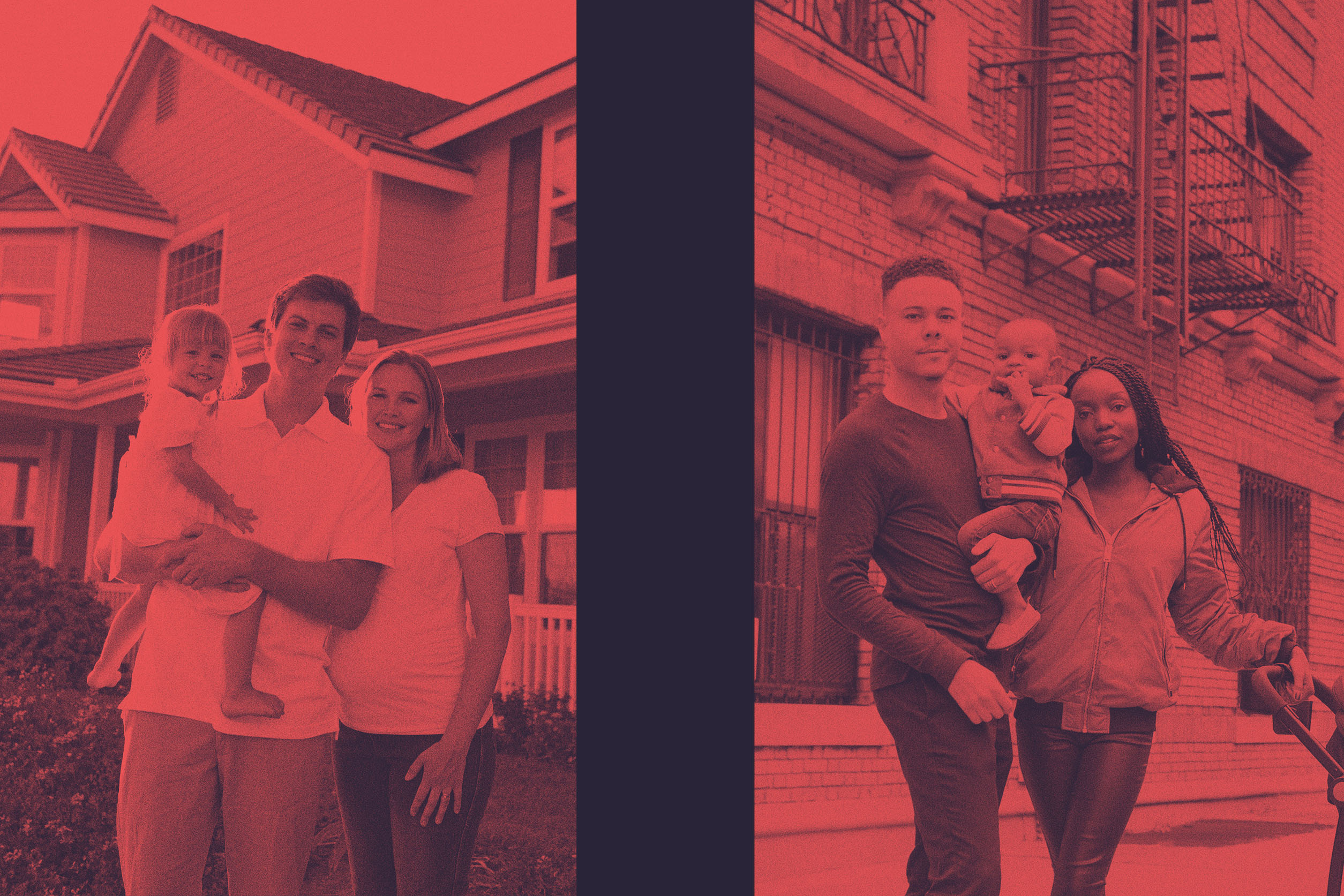
Despite gains in educational attainment and income, the wealth gap experienced by Black Americans is persistent.
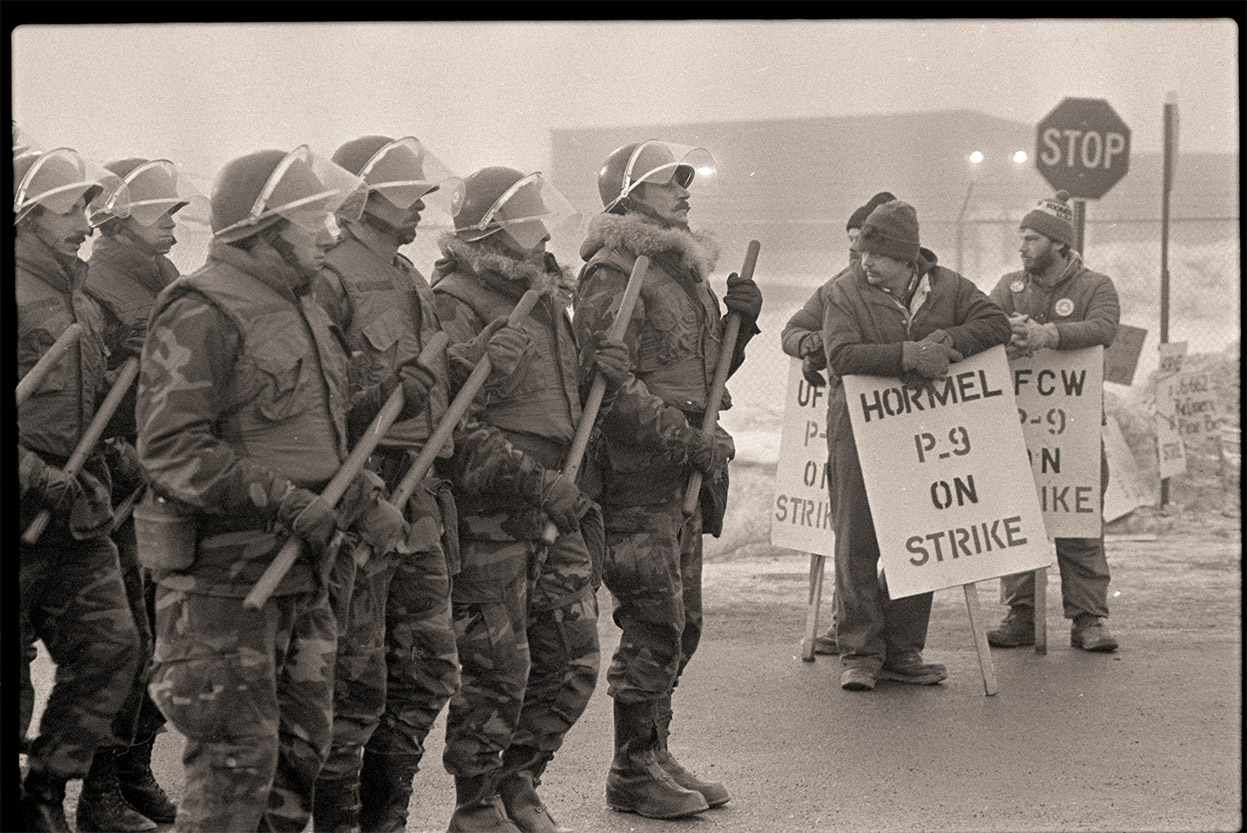
The declining bargaining power of unions contributes to the crisis of extreme income inequality in the United States.
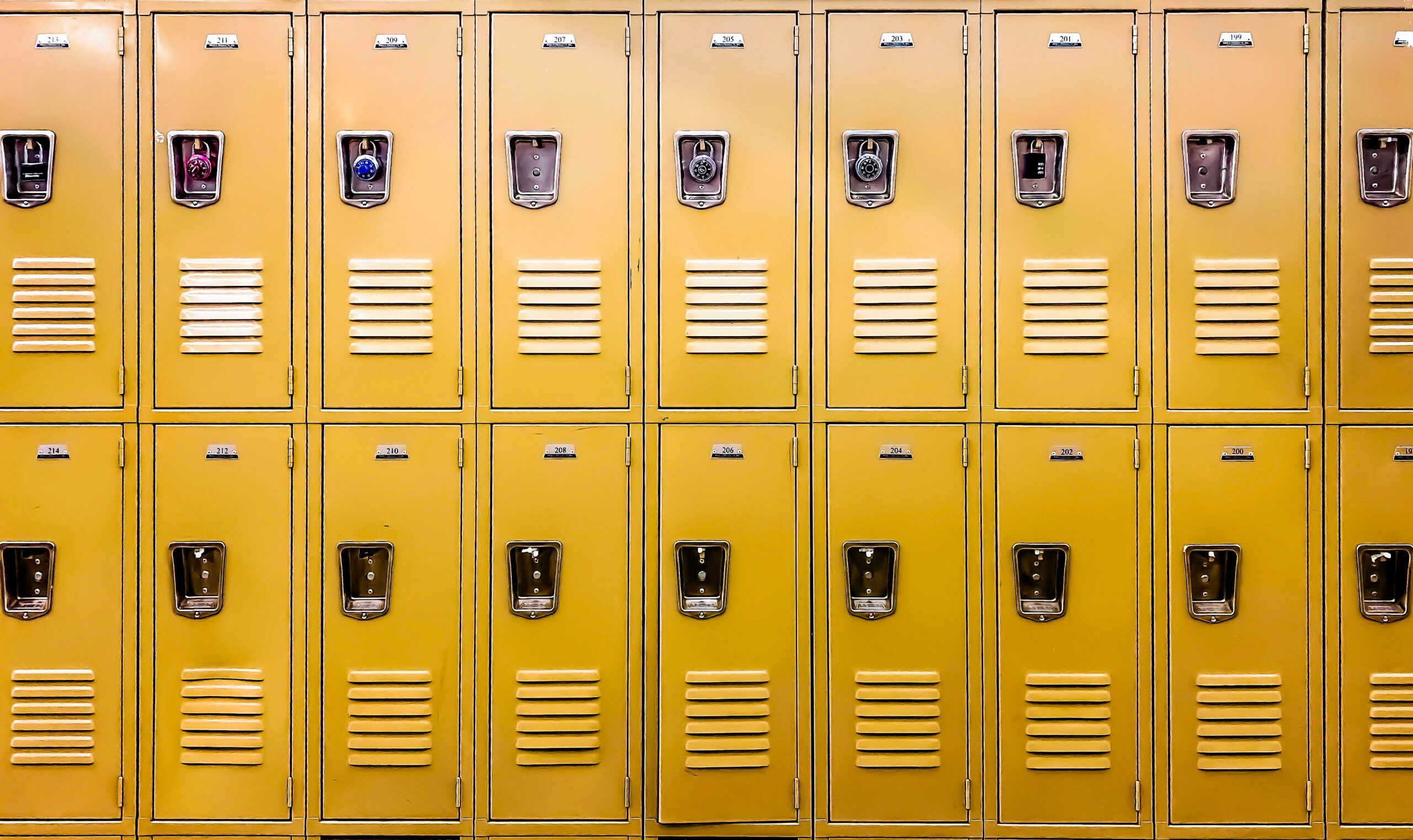
American teachers sacrifice a lot in a system that gives them very little.

How the American economy has left many behind and rewarded the few.
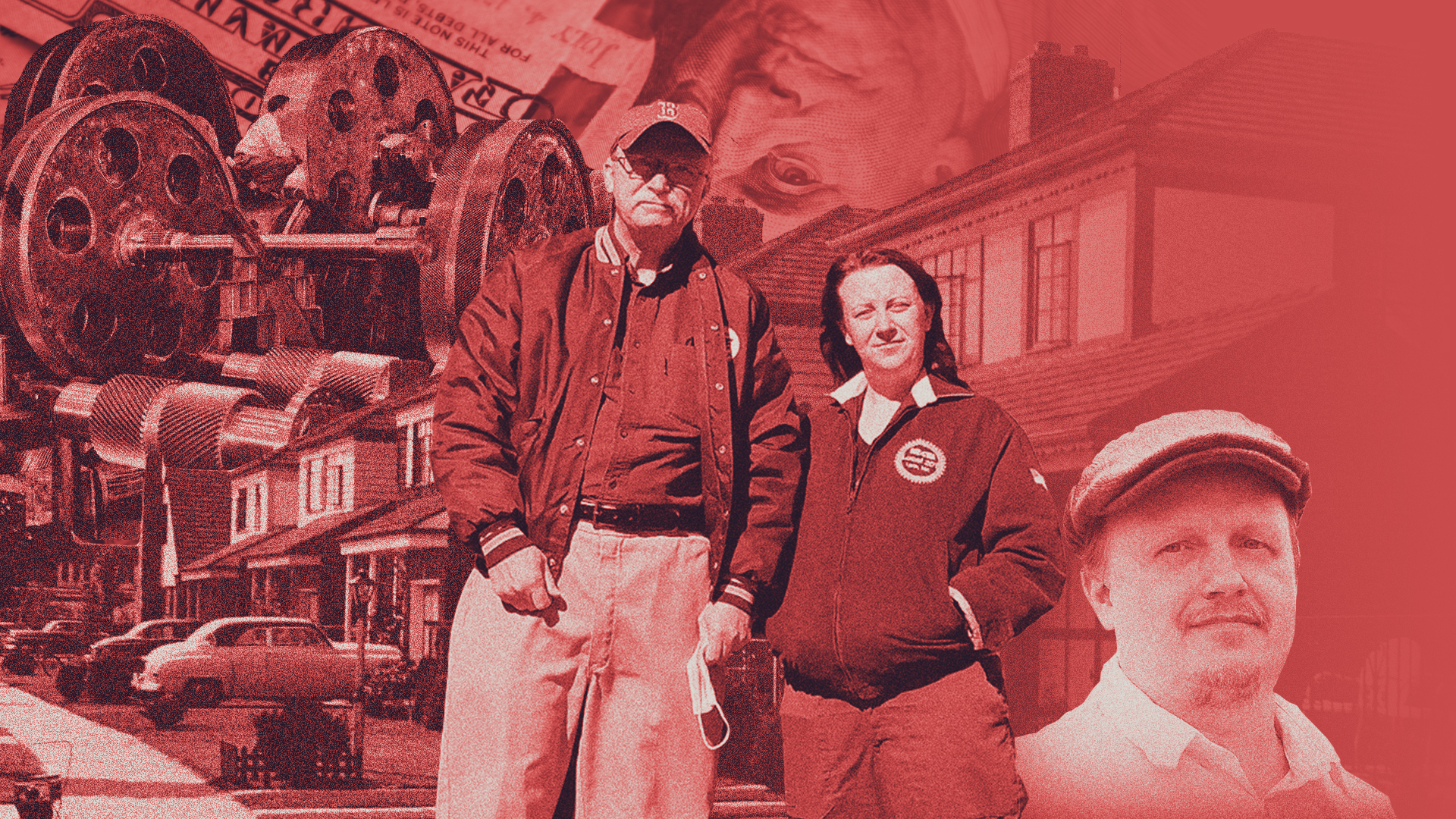
‘Why would I put my kids in a place where there is no future?’
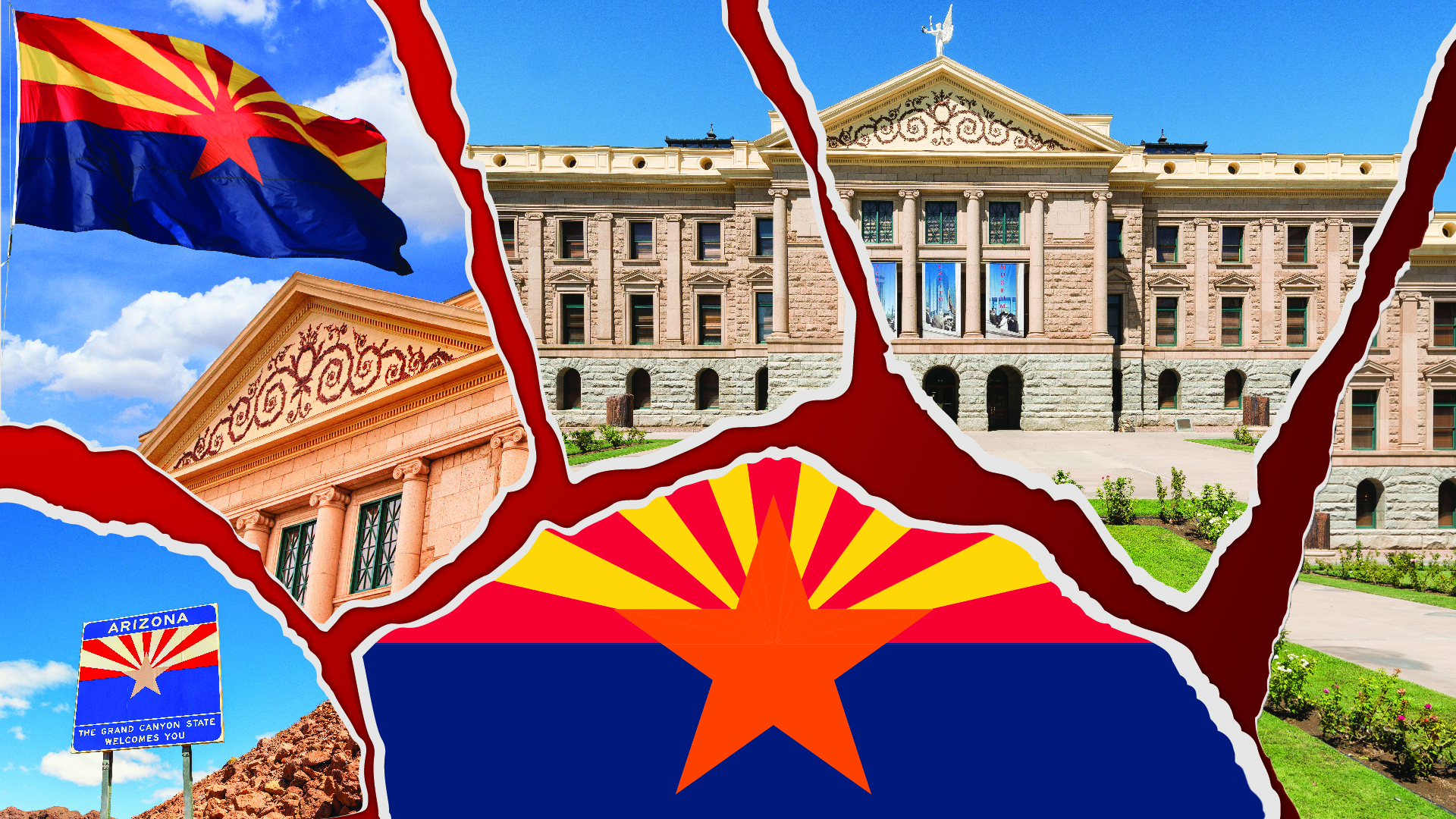
How state policies hurt workers and worsen income inequality.

Many American families are mortgaging their futures to pay for the present.
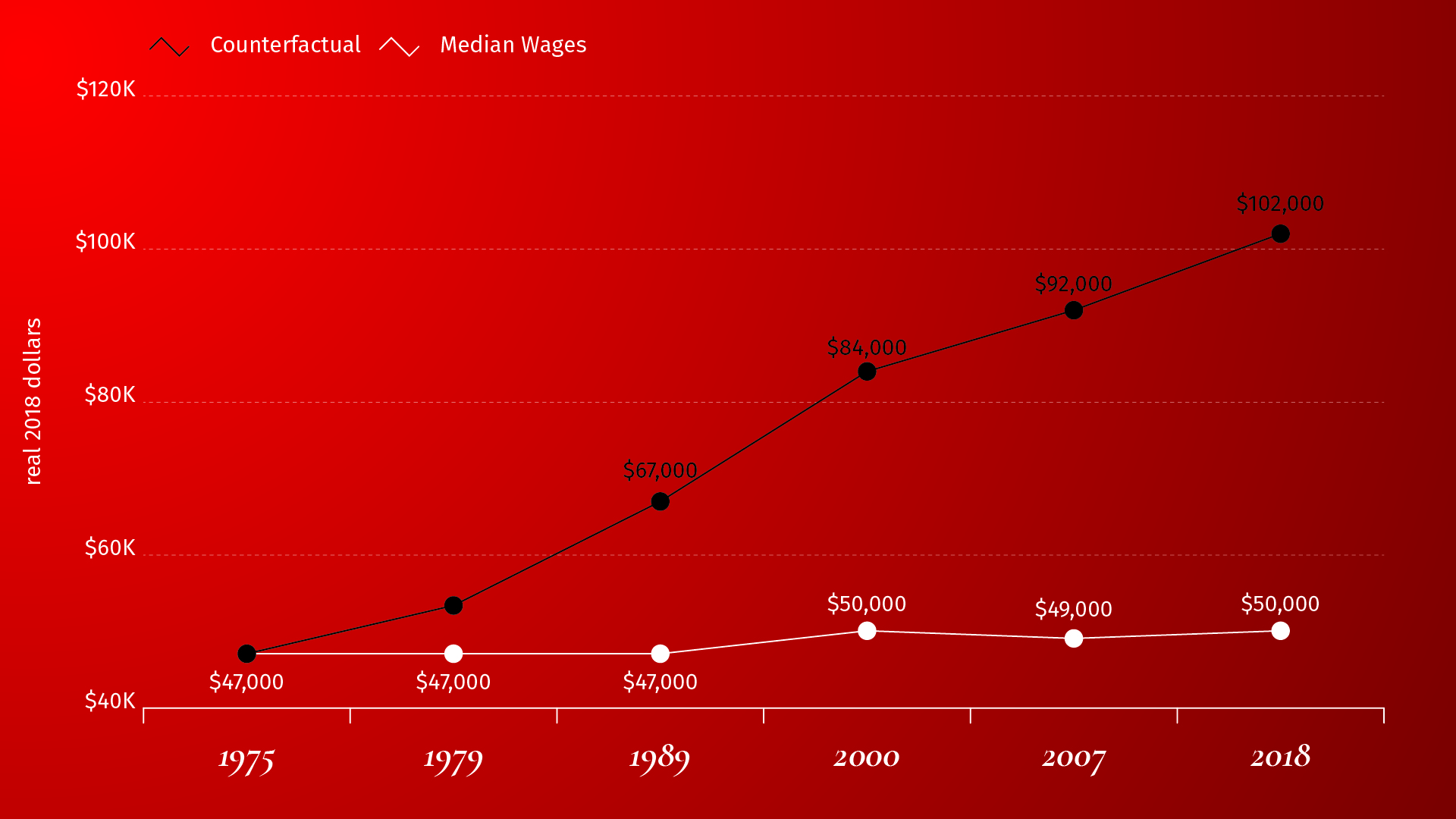
A full-time worker earning the median national wage of $50,0000 should be making close to $100,000.

What one couple’s lost wages say about the decline of the middle-class American dream.
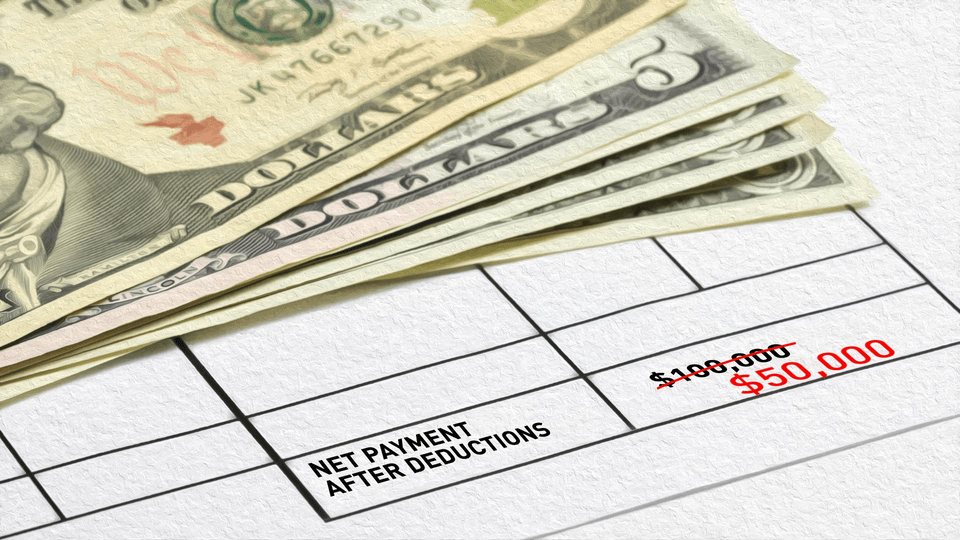
Capital & Main explores how trillions of dollars are diverted toward the super wealthy.